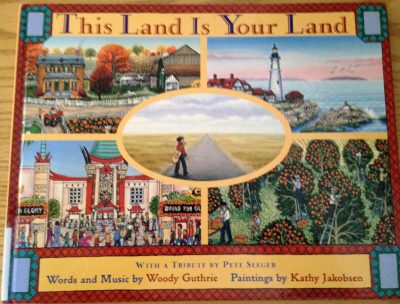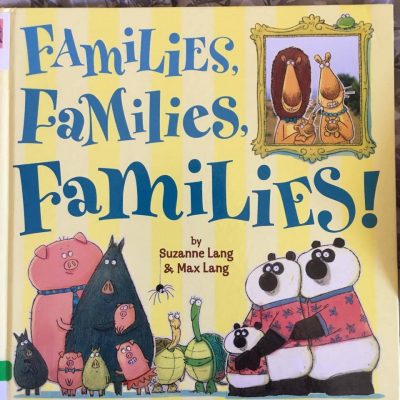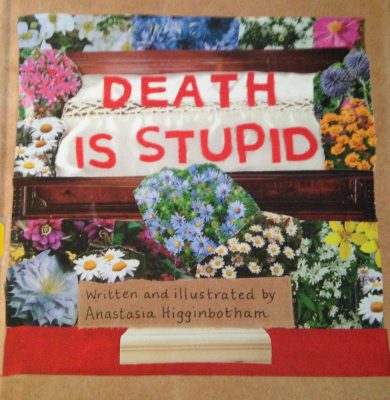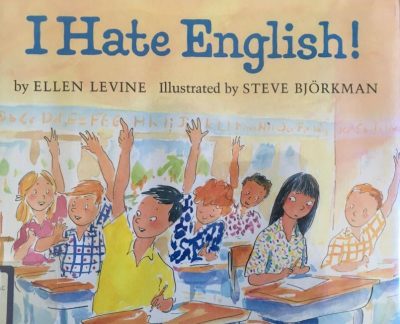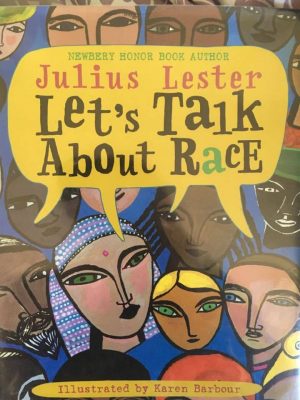Author and Illustrator: Rosemary Wells
Publisher and Year: Hyperion Books for Children, 2008
Number of pages: 22
Genre: Fantasy
The main character of this book, Yoko, is a Japanese-American cat, and she encounters a lot of racial prejudice from some of her classmates because she only knows how to write in Japanese, not English. Though her teacher encourages and celebrates her uniqueness and diversity from her classmates, a couple girls say that Yoko will not graduate from kindergarten with the rest of the class. As her other classmates discover her “secret language,” they demand she teach them how to write their names in Japanese, and they end up writing their names in both English and Japanese on their graduation certificates, even the girls who originally made fun of Yoko for her “childish scribbles”.
The images in this book, created using colored pencils, are framed within square or rectangular borders, making the book function as a window into Yoko’s life: full of small reminders of her life in Japan. Characters or objects often break outside the frame, as the book also functions as a door, opening the conversation for young readers to question their own prejudices and reflect on how they might react in Yoko’s place. Furthermore, there are small icons in the corners of each two-page spread, with the English word for the picture on the left and the Japanese characters under the picture on the right. Yoko is often placed at the bottom right side of the picture, showing she is not only powerless and feels inadequate (being low on the page), but also does not feel very secure in her position in the classroom (being on the right side). Her placement reveals her discomfort at her classmates’ teasing; however, by the end of the story she has moved to the top of the image, symbolizing her newfound confidence and pride in her bilingualism. The frames around the borders of the illustrations are styled like Japanese origami paper: cherry blossoms, streaks of gold, and birds surround each picture.
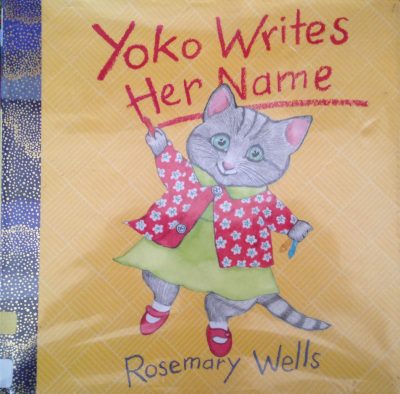
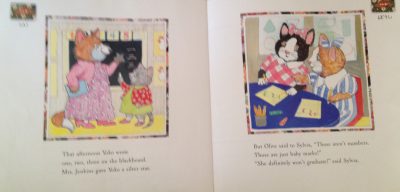

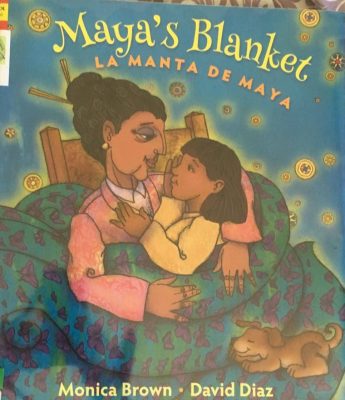
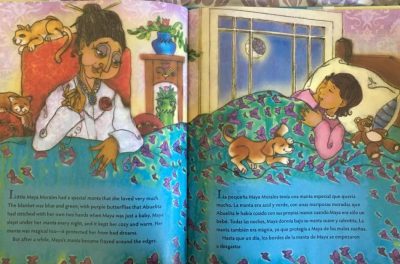
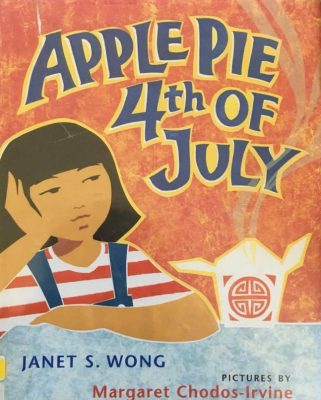

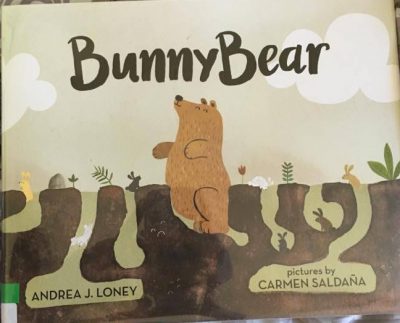 Author: Andrea J. Loney
Author: Andrea J. Loney
